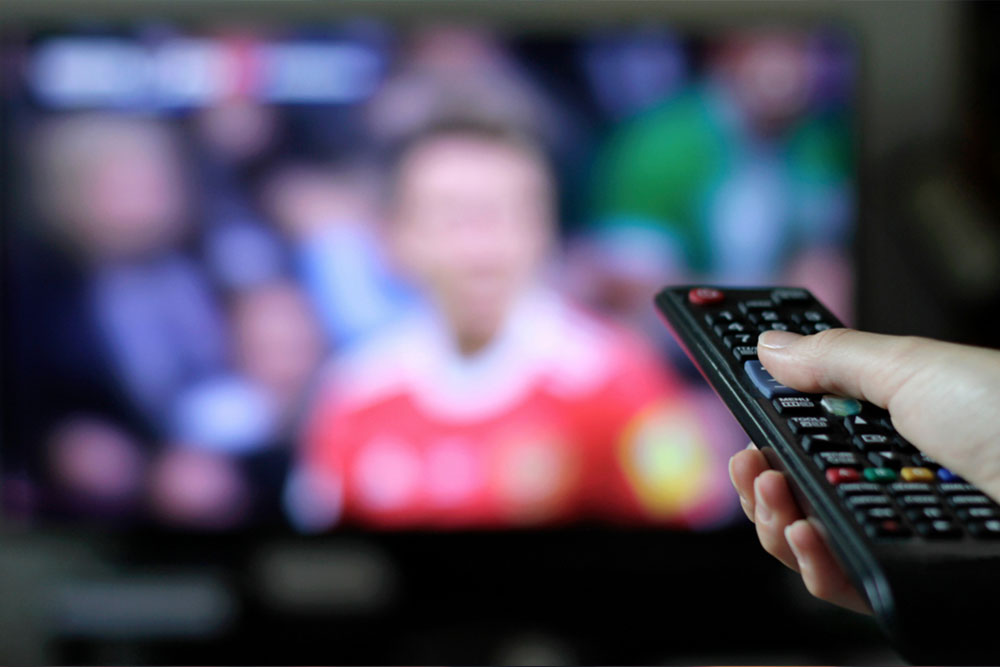A Comprehensive History of Cable TV: From Origins to Modern Entertainment
Explore the comprehensive history of cable TV, from its origins in the 1940s to its current role in modern entertainment. Discover technological innovations, regulatory changes, and how the industry continues to evolve amidst competition from streaming services. Understand the pivotal moments that shaped cable television and its future prospects in a rapidly changing digital landscape.

Cable television has played a pivotal role in the evolution of broadcast entertainment, shaping the way audiences access and consume media content. Its roots trace back to the 1940s in the United States, a period marked by rapid technological innovation and expanding communication infrastructures. In its early days, cable TV was primarily a solution for transmitting broadcast signals to regions where over-the-air signals faced limitations, especially in mountainous or remote areas. This article explores the historical development of cable television, its technological advancements, regulatory frameworks, and its ongoing significance in the digital age.
Origins of Cable TV in the 1940s
The genesis of cable television can be traced to the 1940s, a decade characterized by advancements in radio and television broadcasting. During this period, television was still a nascent technology, and the broadcast signals relied heavily on tall transmission towers that projected electromagnetic waves across regions. While these towers effectively covered urban areas, their signals struggled to reach mountainous terrains, rural communities, or distant urban fringes. This coverage gap presented a significant challenge for broadcasters seeking to expand their reach.
To bridge this divide, early entrepreneurs and engineers devised a different approach: relaying broadcast signals via coaxial cables—initially termed Community Antenna Television or in short, CATV. The concept was simple yet effective: large satellite or relay antennas were installed on high ground, capturing signals from TV stations, and then these signals were transmitted through coaxial cables to multiple households within the community. This method enhanced signal quality, reduced interference, and extended broadcast reach beyond the limitations of traditional over-the-air transmission.
Growth and Expansion in the 1950s and 1960s
During the 1950s and 1960s, cable TV experienced a steady increase in popularity, especially in urban and suburban areas. Operators began constructing more extensive cable networks, connecting households to a shared source of broadcast content. As the technology matured, cable systems diversified their offerings beyond mere rebroadcasts, including the addition of local channels, community programming, and later, premium content. This era marked the beginning of cable’s transformation from a supplementary technology to a primary source of televised entertainment.
The Regulatory Landscape and Challenges
However, the rapid growth of cable TV did not go unregulated. In the early years, the Federal Communications Commission (FCC) recognized the potential of cable as an emerging broadcast medium but also sought to control its development to prevent monopolistic practices and protect existing broadcasters. Regulations were introduced to oversee franchising, signal carriage, and technical standards. These regulations aimed to balance the interests of cable operators, broadcasters, and consumers.
Despite initial restrictions, the cable industry pushed for deregulation, arguing that competition and innovation would be stifled under heavy government oversight. The Reagan administration, particularly in the 1980s, spearheaded a deregulatory agenda that eased certain restrictions on cable providers, allowing for a significant expansion of cable networks and services. This deregulation era saw the proliferation of cable channels, dedicated sports networks, and expanded programming options for viewers.
Technological Innovations and the Modern Era
Advancements in technology further revolutionized cable TV in the late 20th and early 21st centuries. The transition from analog to digital signals enabled higher-quality broadcasts, including high-definition television (HDTV). Digital compression techniques allowed for more channels to be broadcast over the same bandwidth, increasing variety and programming options for viewers.
Furthermore, the rise of cable modems transformed cable infrastructure into a high-speed internet provider, integrating broadband access into cable offerings. This convergence facilitated streaming services, on-demand programming, and interactive TV features, making cable a versatile platform for modern entertainment needs.
Current Role and Competition
Today, cable television remains a significant component of the entertainment landscape, offering a vast array of channels, on-demand content, and premium services. Despite the surge of streaming platforms like Netflix, Hulu, and Disney+, cable continues to serve millions of households worldwide, especially in regions where broadband penetration or streaming infrastructure is limited.
However, the industry faces challenges from evolving technology and changing consumer preferences. Cord-cutting—where viewers cancel traditional cable subscriptions in favor of streaming—has prompted cable providers to innovate, offering bundles, unique content channels, and enhanced user experiences to retain customers.
Conclusion: The Future of Cable TV
Looking ahead, cable TV is poised to adapt further in response to technological shifts like 4K broadcasting, interactive TV, and integration with smart home devices. While traditional cable may see reduced market share, its infrastructure infrastructure and content delivery capabilities will likely persist as part of a broader multiscreen, multiplatform entertainment ecosystem. As technology continues to evolve, the legacy of cable TV remains embedded in the history of broadcast innovation, and its future will depend on its ability to innovate and integrate with emerging digital platforms.




